jewish burial customs timing
First the dead person was buried on a ledge or in a loculus of a rock-hewn tomb. Bodies are covered only by a clean cloth shroud and placed directly into the earth using a biodegradable container without a concrete vault or grave liner.
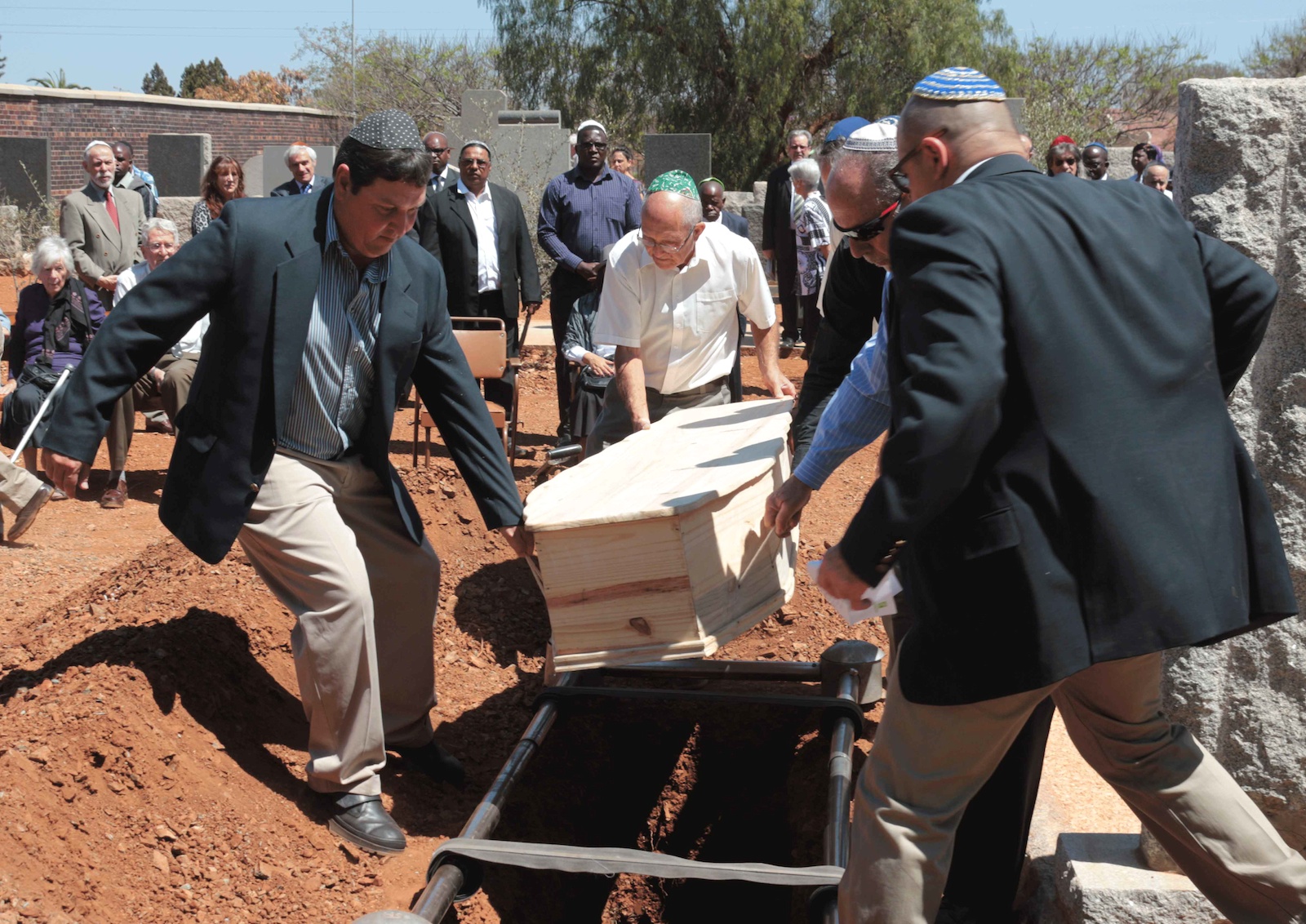
Jewish Traditions For Death Burial And Mourning Rohatyn Jewish Heritage
Timing of the service.

. A few notable Jewish burial traditions affect the planning and coordination when laying a loved one to rest. However this is not always possible. The Jews buried their dead quickly after death usually on the same day.
In the United States and Canada the funeral service commences either at a funeral home or at the cemetery. Traditionally a Jewish funeral should typically take place as soon as possible - usually within 24 hours after death. This is done in accordance with the Torah sacred Jewish scripture which says You shall bury him the same day.
Embalming is prohibited by Jewish law. The Hebrews buried their dead immediately no later than a day after the person passed away. Our job is to make clear the inseparable connection.
Between halachah and spirituality. The earliest is at the end of shiva but common practice especially in descendants of east central European Jews in western countries is to wait until either the first yahrtzeit or a year after the burial. Most notably Judaisms.
Based on Jewish laws traditions and customs a Jewish funeral usually takes place within one day following the date of death and these are solemn and reflective services followed by a gathering at the mourners home which marks the beginning of shiva. One may delay the burial in order to arrange the funeral but that delay should be as minimal as possible preferably before 24 hours have passed. Chevra Kadisha holy group is the name for Jewish burial society.
At this location there are many 1st century tombs which have also been cut out of the rocks. One very important tomb located here is the Tomb of Annas. Jewish funeral traditions start right after death.
Tomb of Annas PhotoBiblical Archaeology Society Just south of Jerusalem is a place called Akeldama. Star of David Jewish symbol on an old Hebrew grave in Milan Italy. The first seven days following the funeral is known as shiva and the.
Between ritual and ethics to make clear that either without the other is a distortion of Judaism. They prepare the deceased for Jewish. Jewish funeral rituals start right at death.
However in modern times the funeral can be delayed for legal or practical reasons to avoid religious holidays or to wait for the arrival of family members. Orthodox Judaism Funeral Service Rituals. Once the casket is closed it is not to be opened again unless the deceased was not previously identified and now requires identification.
Orthodox Judaism requires strict adherence to sacred funeral and burial practice. According to one kabbalistic source burial refreshes the soul of the deceased and only after burial will it be admitted to Gods presence Midrash ha-Nelam to Ruth. Jewish law therefore demands that we bury the deceased within 24 hours following death.
When death occurs there are many Jewish traditions customs and rituals that individuals use as a guide and follow relating to the caring and preparation of the body pre-burial the actual burial and service at the cemetery along with the weeklong mourning period or shiva that follows. As for orientation of the body there is no Halacha about this only different customs. The precedents set by the prompt burials of Sarah Gen.
A wake ie visiting the funeral home on the night before the burial to comfort the mourners and to view the remains is not a Jewish custom. Our job is to make clear the inseparable connection. The resurrection will occur after the.
Unless the passing occurred on Thursday one should not wait until Friday for the burial. According to the Jewish Encyclopedia this custom stems from the Mosaic Law which ordered that any person hung from a tree or cross as a form of execution should be taken down and buried within a day after death. As mentioned Jewish law mandates that the burial should take place within 24 hours after death.
Traditionally burial takes place as soon as possible-within 24 hours. First dead bodies decompose quickly in the hot climate of the Middle East. His body should not remain all night.
Millennia ago Jews were buried within 24 hours of their death and this is still standard in traditional communities. Jewish Burial Customs in the First Century. Between the secular and the holy And between the living and the dead.
Funerals are prohibited on the Sabbath therefore its allowable to wait until Sunday. If you have a Jewish family member who is very ill or just died and you would want to make a Jewish funeral it is recommended that you contact immediately the local Chevra Kadisha. Then after about one year when the body had decomposed family members of the deceased returned to the tomb gathered the bones and put.
The process of Jewish burial in the Second Temple period took place in two stages. Jewish funerals cannot take place on Shabbat or on most Jewish holidays. Jewish custom insists on prompt burial as a matter of respect for the dead a consideration of particular relevance in hot climates.
Second according to the thinking of the time leaving a body unburied for days showed dishonor to the deceased and his family. Occasionally the service will commence at a synagogue. There were two reasons for such prompt action.
Embalming and Viewing the Remains. Traditionally a Jewish burial is supposed to take place within 24 hours of death. Jewish Funerals and Burial.
This is not always possible and given the fact that many modern Jewish families are spread out around the country it usually becomes necessary to wait a day or two until all of the mourners can arrive. This is believed to be the tomb of the priest who was mentioned in the Gospel of John one. Here are a few common Jewish burial customs and Jewish death rituals.
Jewish burial timing encourages families to complete the burial as soon as possible. In Israel the Jewish funeral service usually commences at the burial ground. The timing of the erection of a memorial stone at a grave site varies regionally and within Jewish religious movements.
Orthodox Jews believe that a persons body will be resurrected and that there is a physical life after death. Ideally the placement of the casket in the ground should happen. The religious concept underlying this law is that man made in the image of God should be accorded the deepest respect.
Jewish Funeral Guide covers Jewish attitude to death Jewish funeral rituals observance of the Shivah שבעה the seven day period of mourning as well as observance of the 30-day and 12-month mourning periods that follow the Shiva visiting Jewish cemeteries Mourners Kaddish קדיש יתום the Yahrzeit יארצייט anniversary of death Yizkor יזכור prayers etc.

Jewish Traditions For Death Burial And Mourning Rohatyn Jewish Heritage
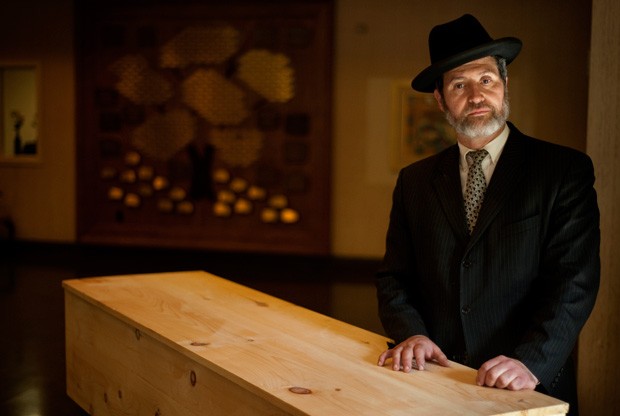
Jewish Funeral Traditions 15 Important Things You Need To Know
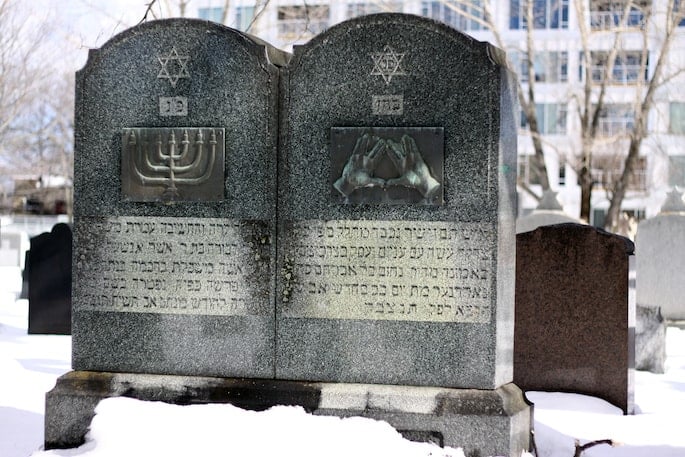
Cemetery Grave And Tombstone In Judaism Death Mourning

Respect For Dignity Of The Dead Is Hallmark Of Jewish Funerals Bevis Funeral Home
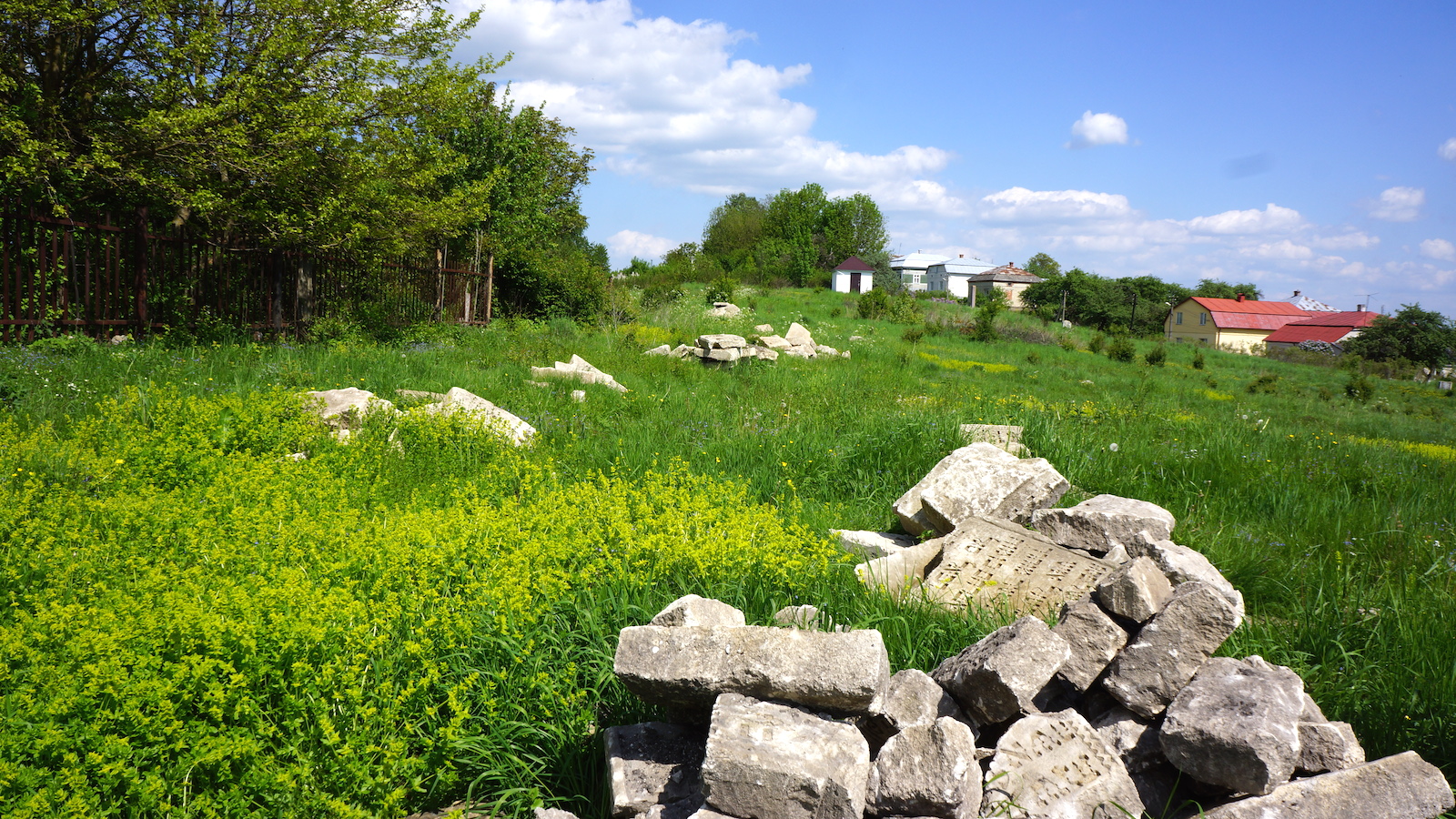
Jewish Traditions For Death Burial And Mourning Rohatyn Jewish Heritage
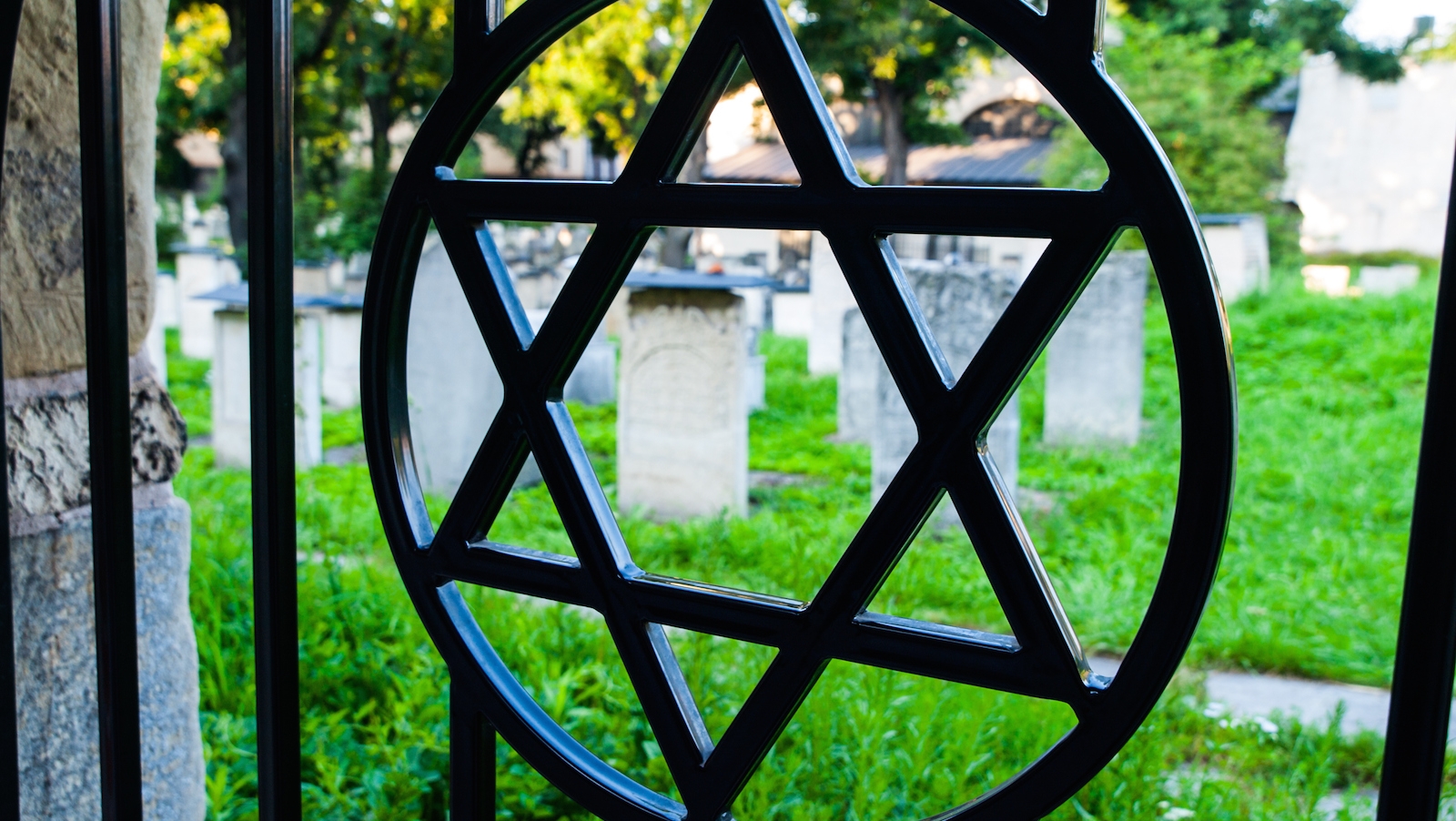
Timeline Of Jewish Mourning My Jewish Learning

Death Mourning Temple Israel Of Northern Westchester

Resurrection Of Jesus Free First Fruits Guide Shavuot Feasts Of The Lord Feast

Jewish Traditions For Death Burial And Mourning Rohatyn Jewish Heritage
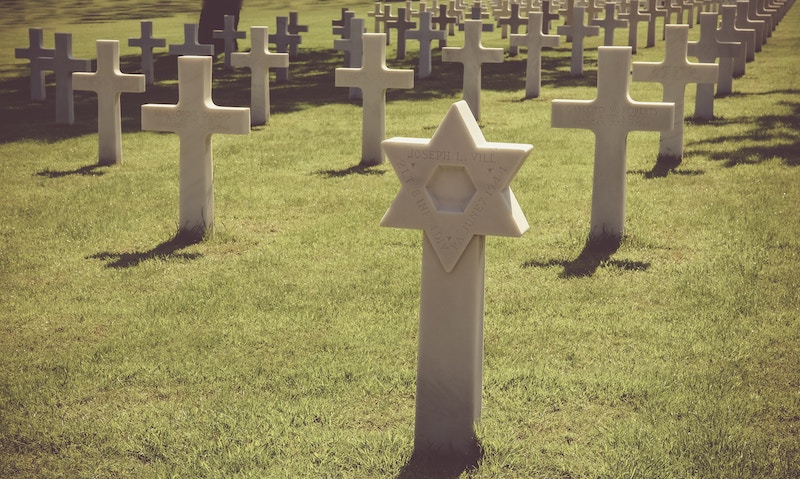
Headstone Unveiling In Jewish Mourning A Guide Cake Blog
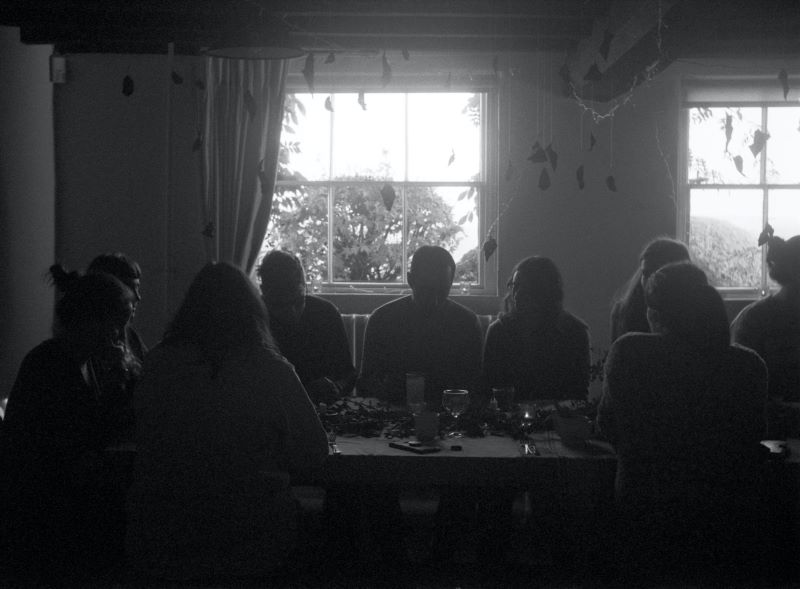
What S The Timing Of A Jewish Funeral Service And Traditions Cake Blog
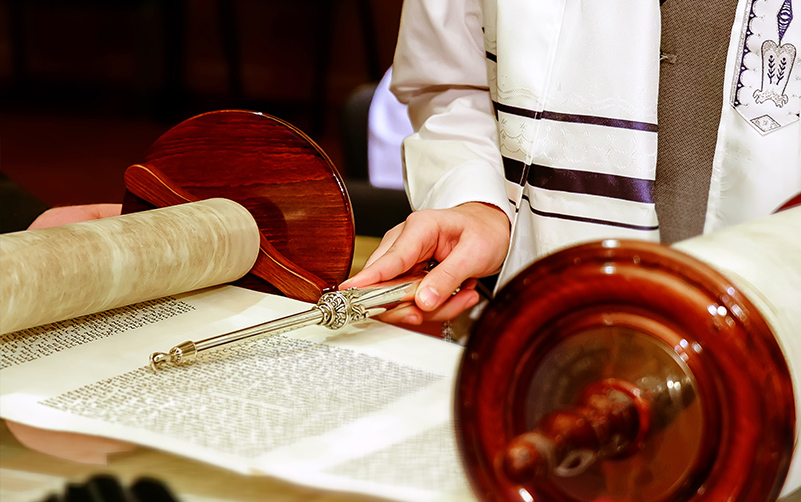
Jewish Funeral Customs Funeral Partners

That The World May Know Burial Practices
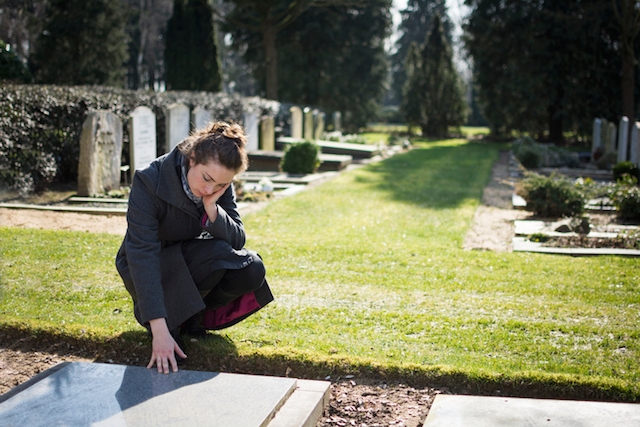
Timeline Of Jewish Mourning My Jewish Learning
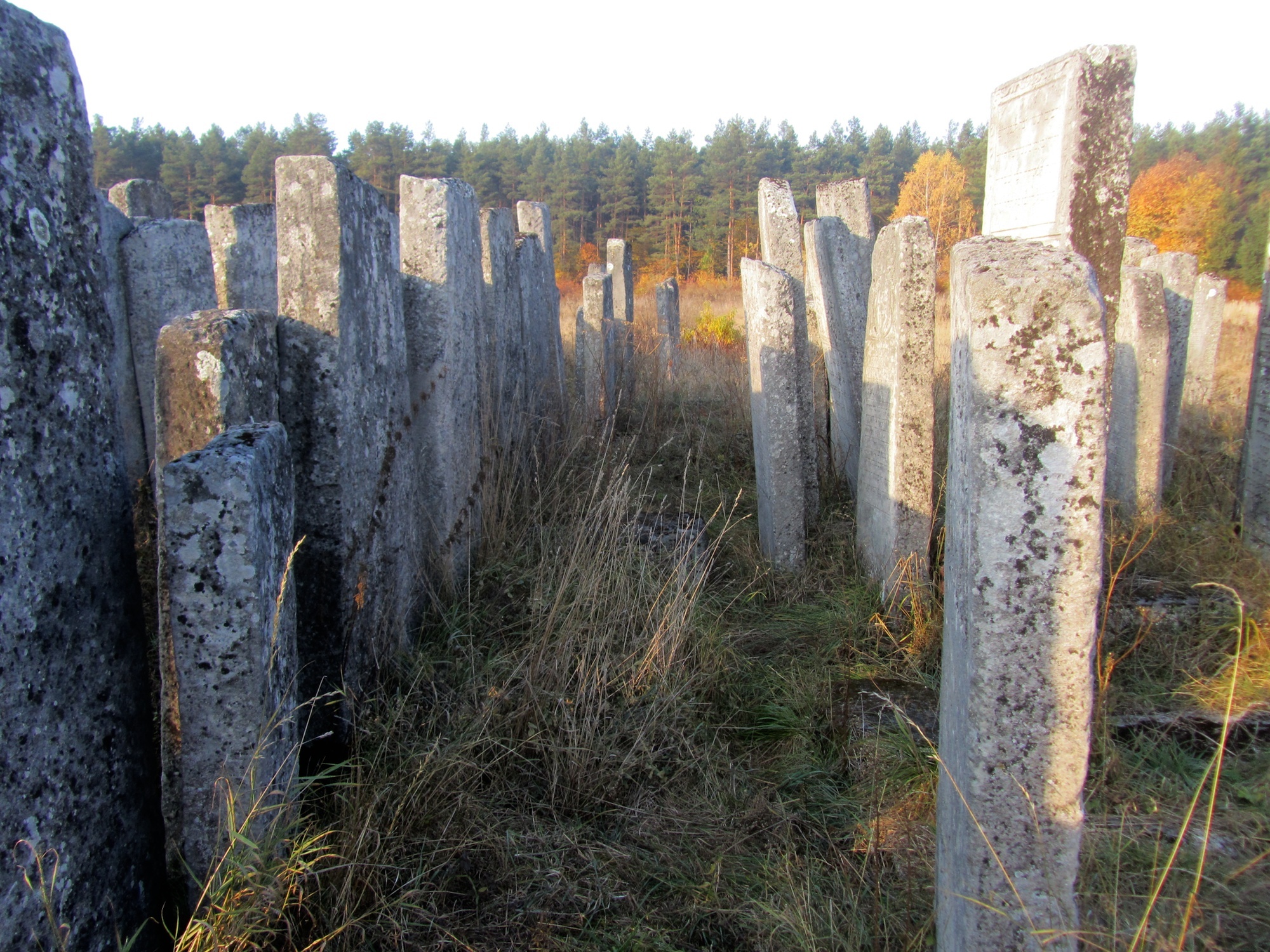
Jewish Traditions For Death Burial And Mourning Rohatyn Jewish Heritage
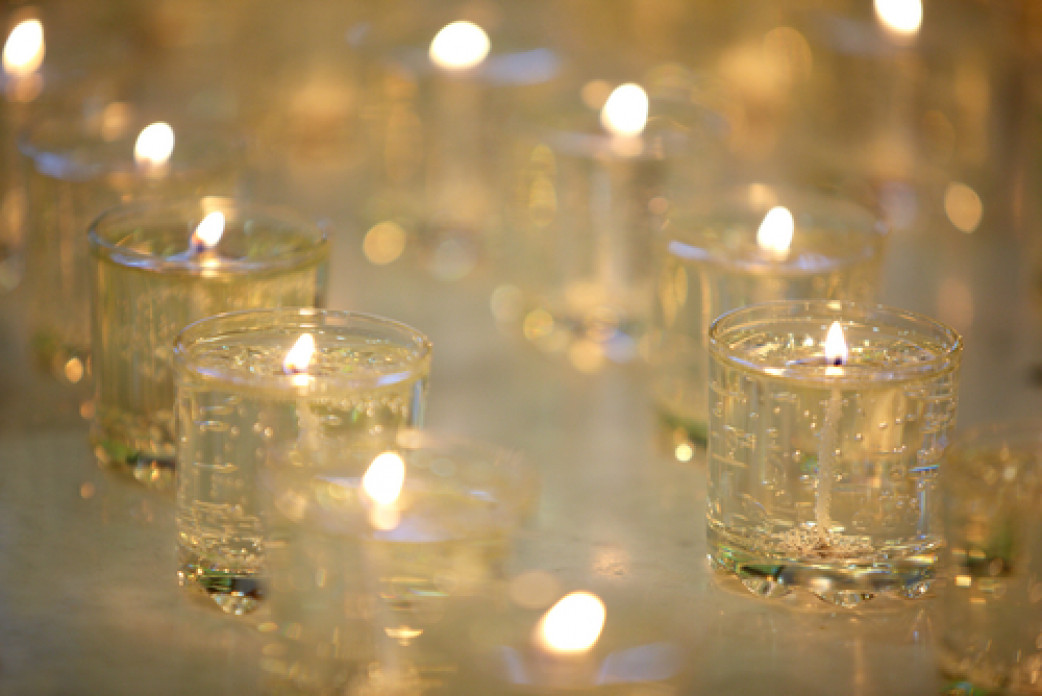
Jewish Funeral Traditions And Customs

Jewish Traditions For Death Burial And Mourning Rohatyn Jewish Heritage
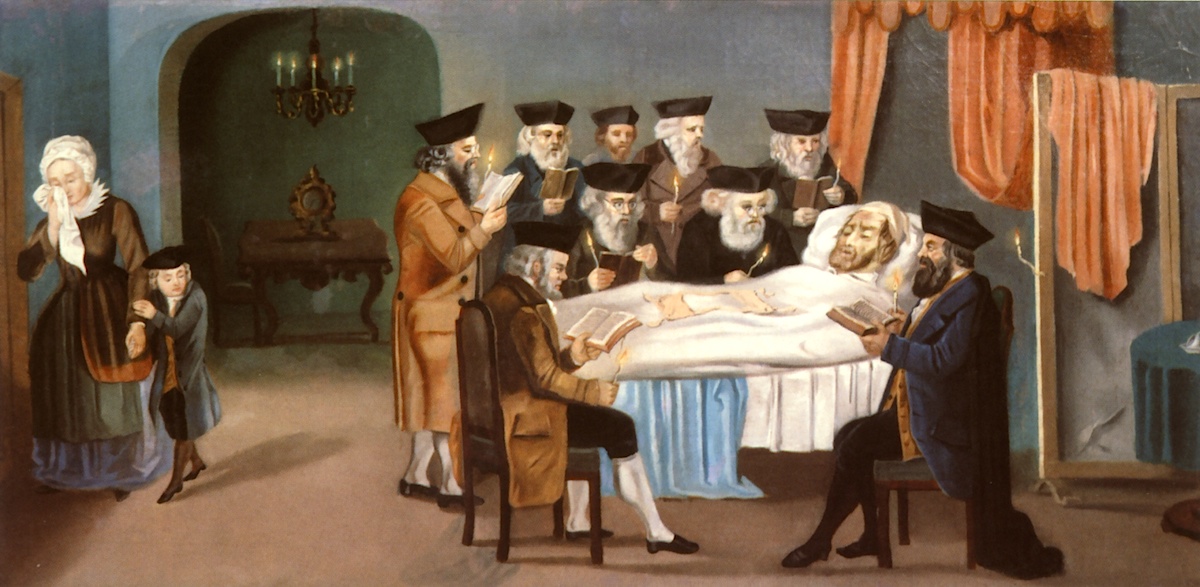
Jewish Traditions For Death Burial And Mourning Rohatyn Jewish Heritage
